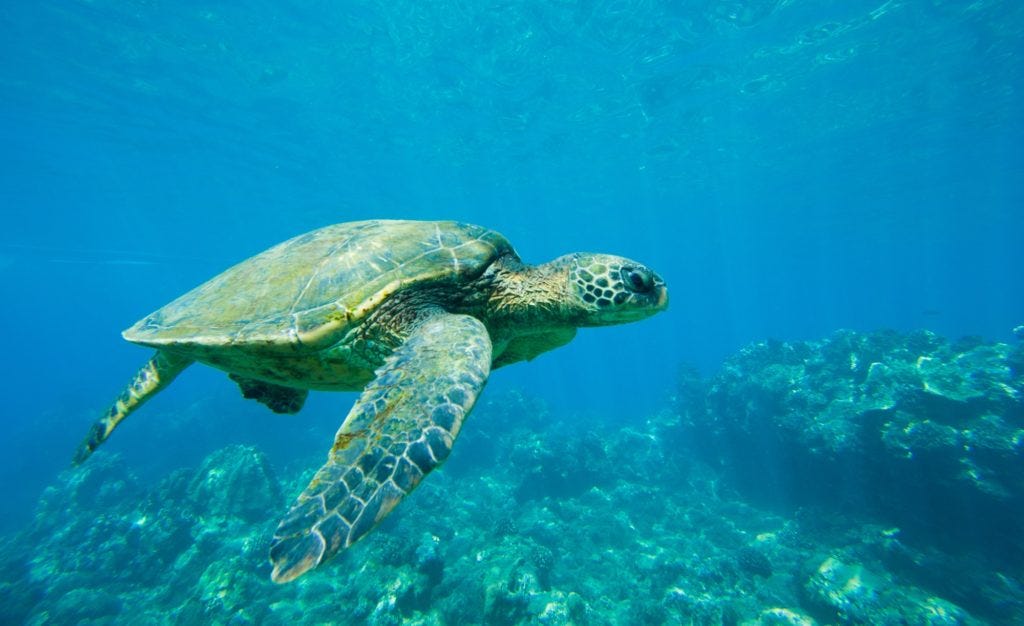The Only Maui Hawai’i Itinerary You’ll Ever Need

In this post I’ll share all the highlights I’ve found during my trips to the beautiful island of Maui, Hawai’i. Arguably this post is the ultimate post about Maui, Hawai’i, and the only itinerary you’ll ever need to plan your trip to this beautiful Hawaiian island.
For all my trip, I opted to stay in Kihei. Kihei is a convenient central location to all destinations listed below. Just rent a car from the airport and you can get anywhere you need to be on the island.
Personally, I prefer going all out and renting a convertible, in my opinion the only legitimate mode of transportation on Maui. But if you want to go for some more economical options, those are available as well.
Hello Hawaii
The 50th state of America but quite unlike any of the other 49, Hawaii is a blend of raw, breathtaking beauty and an easygoing love for life. You can scramble up volcanos, wild swim in secluded waterfall pools, kayak to remote islands, pull on your wetsuit and surf, take long walks along palm tree-flanked …
Keep reading with a 7-day free trial
Subscribe to Living by Experience to keep reading this post and get 7 days of free access to the full post archives.




